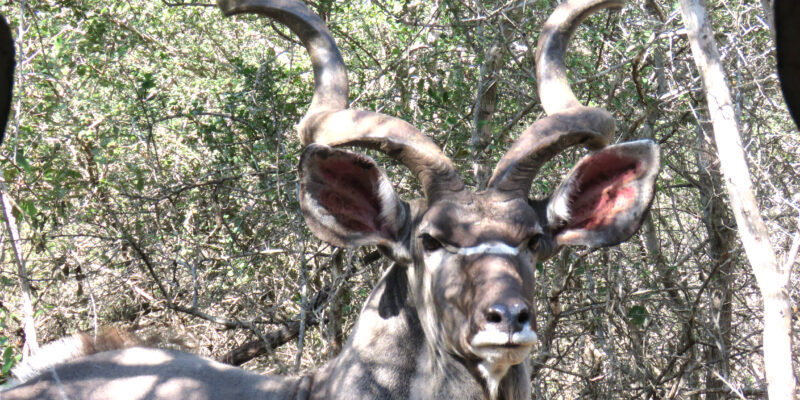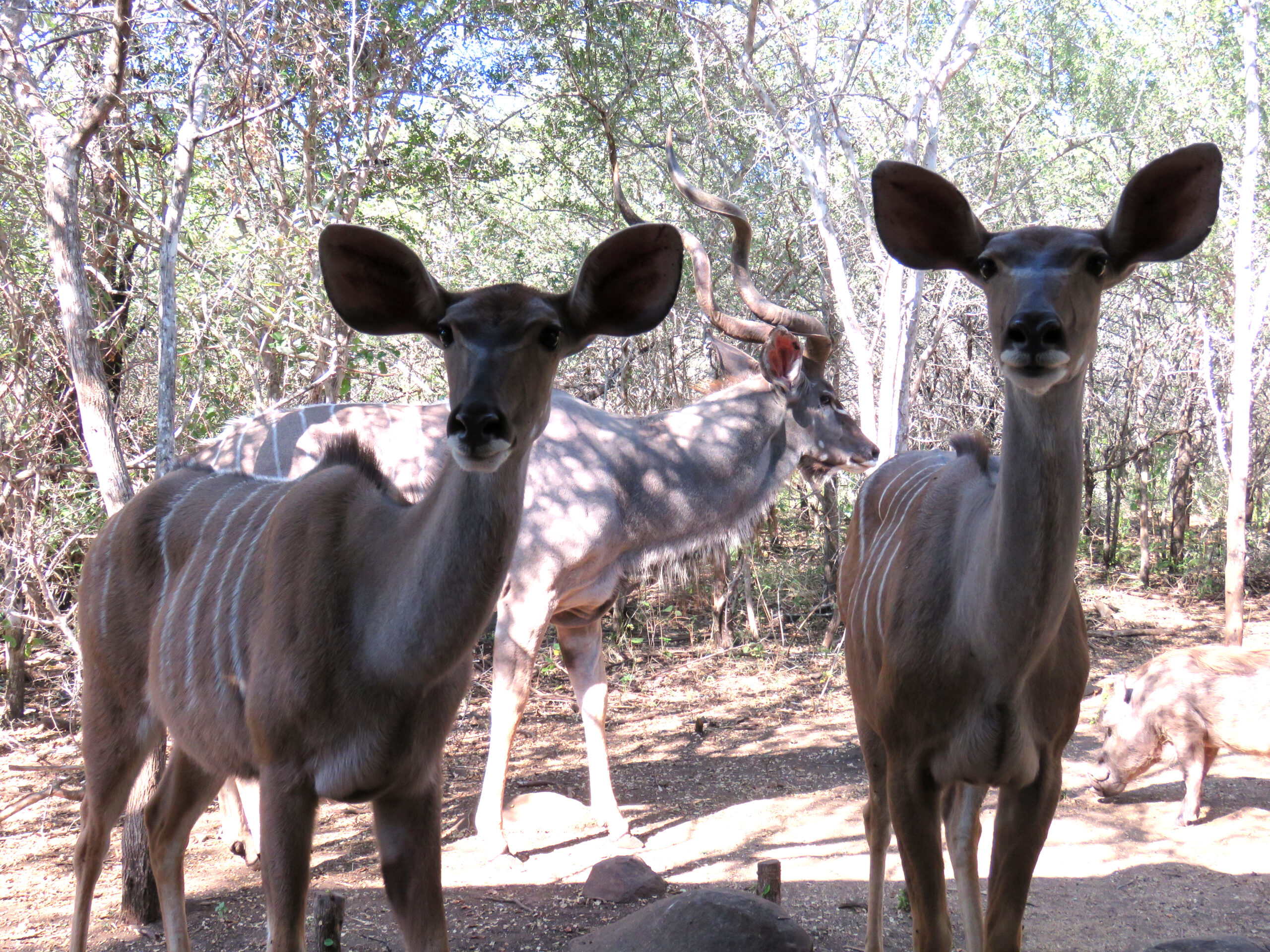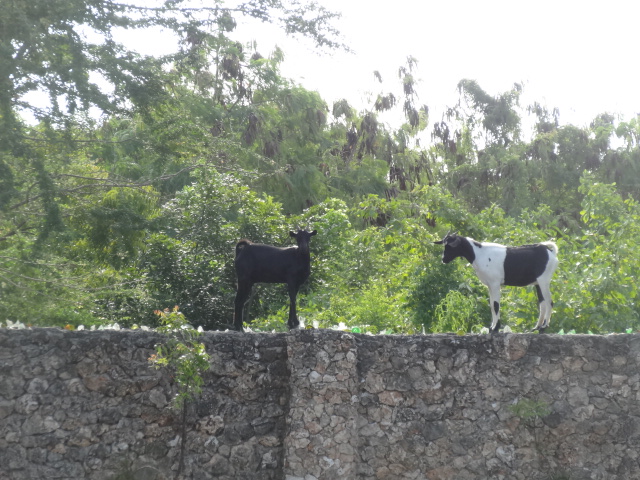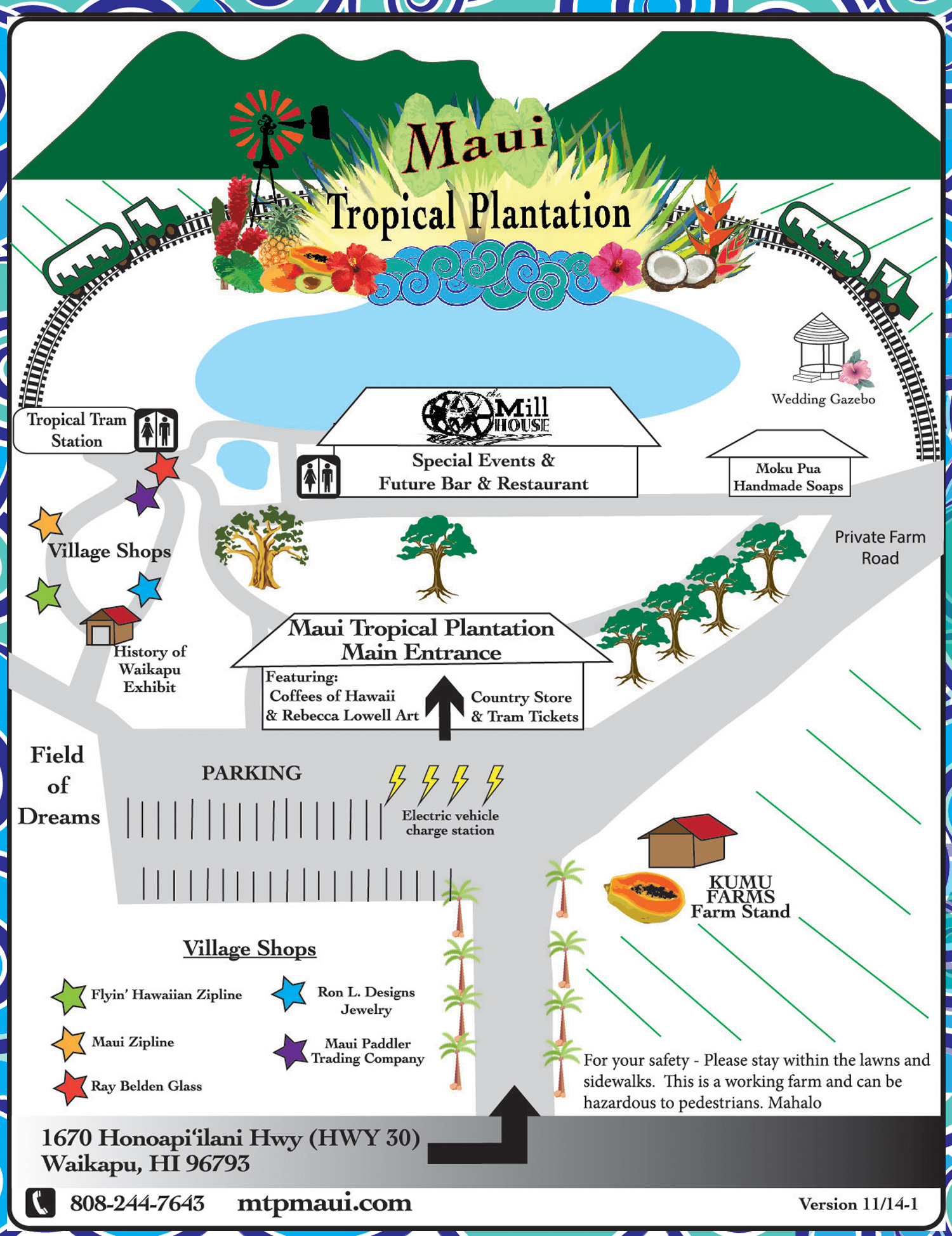Note: Due to the poor WiFi signal aboard the ship, I am unable to add a single photo today. Once we arrive in Nevada in early September. we’ll be able to post our photos from Edinburgh and this cruise. Of course, we’ll continue to try to add photos each day! We are sorry for the inconvenience. Perhaps, when this cruise ends, we’ll be able to start posting photos while on the upcoming Celebrity cruise in 16 days. We’ll continue to take photos and write text each day, if possible.
We felt bad we couldn’t post when we boarded the ship yesterday afternoon, although we’d signed up for the $319 unlimited internet package for one device. We usually can get a package for two devices, but on this particular cruise line, they didn’t have more reasonably priced packages for two, and we didn’t want to spend another $319 for a second device.
Besides, the signal is so weak that spending more on another device makes no sense. As a result, we’re switching back and forth between our laptops and phones as needed. This morning was the first time I got a sufficient signal to get online on my laptop when I couldn’t get into the editing site for our blog on my phone.
As a result of these difficulties, I may not be able to post when we arrive at some ports of call when the signal is always at its worst. If you don’t see a post, please do not be alarmed. It simply means we aren’t able to post. Please know we will post as soon as we are able.
Once, we left the Bay Hotel in Burntisland with our excellent driver Mo, accompanied by his lovely wife, Shaziia Hassen, our tour guide. At the same time, MO manuevered many narrow and winding roads in the center of Edinburgh; we felt excited to finally see some of the highlights of the stunning city of Edinburgh, rich in history and culture.
Mo proved to be a fantastic driver, thoughtful of our wishes as to what we wanted to see, and, along with Shazia, made our few-hour experience a pure delight. If and when you ever come to Edinburgh, we highly recommend him. He can be reached at mahmood_hassan@sky.com, phone: 00447931772188.
Mo stated he’d be happy to arrange regular transportation and, if desired, tours of the fantastic city of Edinburgh and its surrounding areas. He explained how he has embarked on a few day-long trips with tourists who wanted to travel far from Edinburgh.
The conversation flowed easily with Mo and Shazia, and by the time we were at the pier, they invited us to stay with them at their home in Edinburgh the next time we came to Scotland. Also, they have a home in Pakistan, and they offered this to us as well. What wonderful people. Who knew we’d connect so well with our Uber driver and his lovely wife?
Our dear friend Don in Hawaii, whom we met along with his beloved wife and my precious friend Kathy in Marloth Park in 2013, has been ill for some time. Don had mentioned he attended Fettes College in his youth, located in the heart of Edinburgh, and we thought it would be fun to drive by there and send photos to him.
Unfortunately, the college was closed, and we weren’t able to enter the gates, but we took a few exterior photos and sent them to him and Kathy yesterday afternoon when we had a signal for a few minutes. Also, they suggested we visit Edinburgh Castle, but we never ventured into the castle. We had a schedule to follow to get to the port of Leith on time to board the ship at our designated time.
Also, the venues in Edinburgh were packed with tourists since there were two festivals upcoming in the next few days, and Edinburgh was more packed than ever with worldwide tourists and visitors from throughout the UK. The quaint and narrow streets were filled with people shopping, browsing, eating, and drinking at endless shops, restaurants, and pubs. What a delight to behold!
We could see a lot more from the car than we would have had been on foot. Also, with my difficulty walking long distances, this was a perfect solution for us with limited time to get to the pier. It couldn’t have been more perfect.
Once we arrived at the port of Leith, we exchanged warm hugs and goodbyes with Mo and Shazia. Moments later, our bags were whisked away, and we could check-in for the cruise in minutes. We were handed two glasses of sparking wine, which we never drank when it was too sweet for me, and Tom doesn’t like anyway.
In a matter of less than an hour, our bags were at our cabin. We had a few drinks by the pool and ran into the lovely couple we met at the hotel, Cheryl and John, and ultimately had an enjoyable dinner with them last night in the main dining room.
Finally, by about 10:00 pm, we returned to our cabin. We’d unpacked earlier in the day and were thrilled to be all set and organized. The cabin is small, with the tiniest bathroom and shower we’ve ever seen, but we are okay. I will take photos of the ship and share them here in the next few days. Today and tomorrow, we’ll focus on posting the photos from our time in Edinburgh.
Be well.
Photo from ten years ago today, August 2, 2013:




























































































































